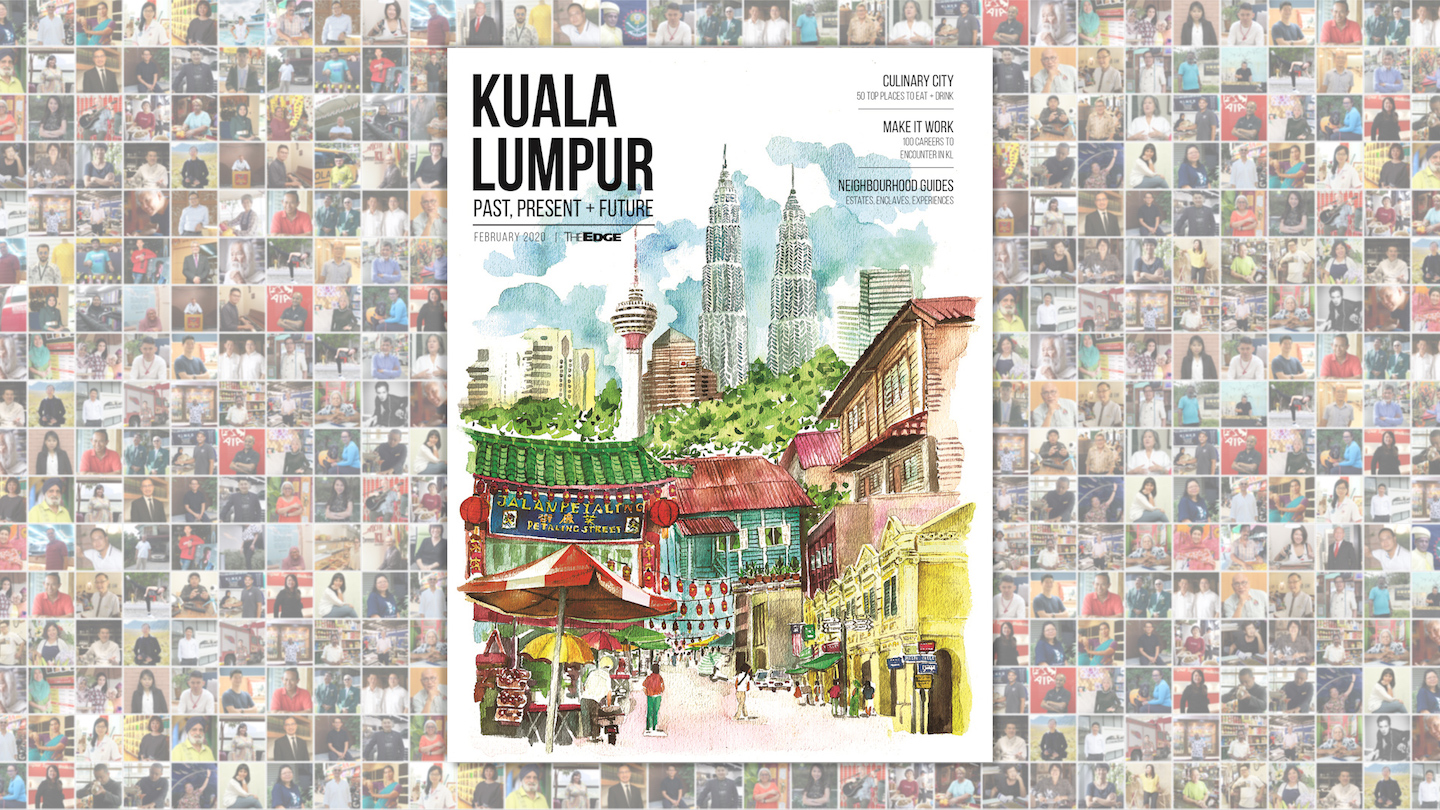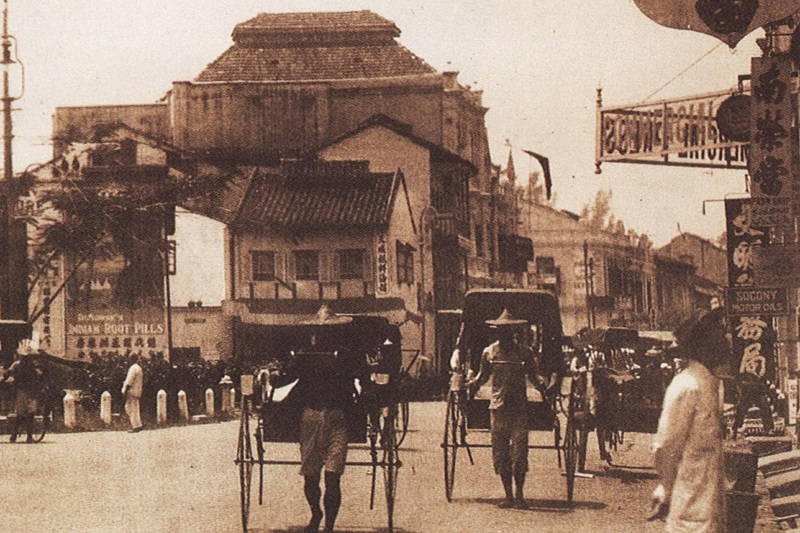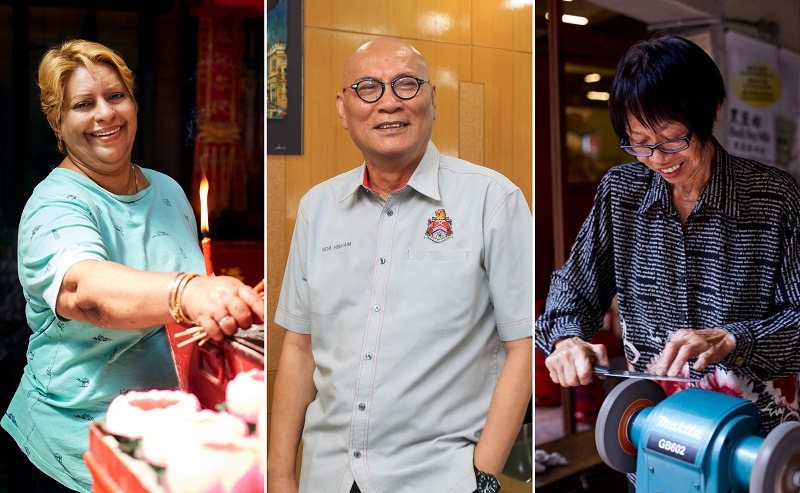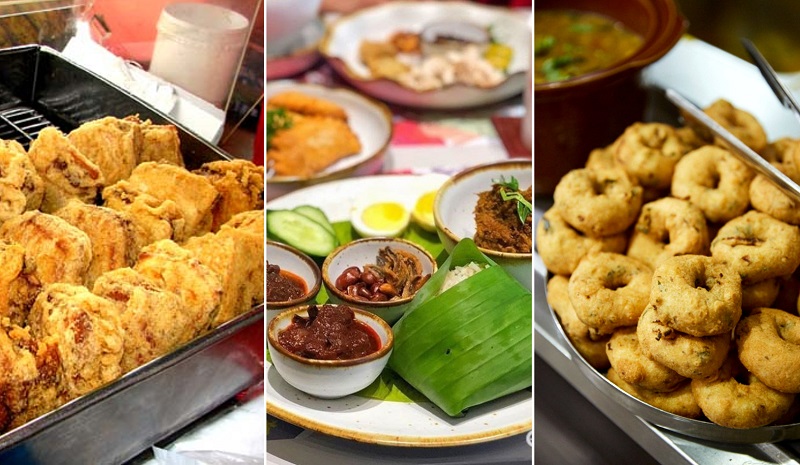
The Kuala Lumpur magazine is complimentary with every issue of The Edge (Feb 3, 2020).
Note from the publisher, Ho Kay Tat:
The KL of my childhood was a small place. Small to me because like most people then, our family did not own a car, which limited our movements. You walked if it was a short distance, so much of my childhood was spent exploring the city on foot, simply going back and forth, attending St John’s Primary School. Visits to the Odeon Cinema were occasional treats for this boy from Kampung Baru, a place I called home until our entire family relocated after the May 13, 1969, riots.
If you needed to go to other parts of KL, you took the bus, and there were quite a number of services — all without air conditioning, mind you! The Selangor Omnibus served the Jalan Ipoh route all the way to Kepong and Jinjang. You took the blue Toong Fong bus to get to Cheras and Pudu while the yellow-and-red carriages of Len Seng took you to Gombak and the green Len Chee buses served Ampang. And plying the rest of inner KL were the dark blue Sri Jaya buses, which also served the then suburb of Petaling Jaya.
kuala_lumpur_china_town_circa_1900.jpg

They and the mini buses of the 1970s and 1980s — first, yellow and then, bandung pink — are long gone, conscripted to the past. Today, KL finally has a modern rail system comparable to most major cities. I took my first ride on the MRT recently for a dinner and it was a comfortable 35 minutes from Kota Damansara all the way to Lot 10 in Bukit Bintang. Effortlessly easy and efficient.
Ah, Bukit Bintang, the heart of the city’s eating, entertainment and shopping district, and it remains so till today. The old hot spot of BB Park was duly replaced by Sungei Wang Plaza in the late 1970s, while the popular Cathay and Pavilion Cinemas have all but disappeared. And where Bukit Bintang Girls’ School once was is now the Pavilion Kuala Lumpur, indisputably the city’s shiniest shopping icon.
kl100.jpg

Yes, not everything from KL’s past is still around. Assuredly, more will disappear in the future. But there are memories we can — and must — hold on to. To help us hang on to the past while making the most of the present, this special magazine on KL was put together by executive editor Diana Khoo and her Options team.
Diana was born in KL but insists she is a PJ girl because she was raised and schooled there. Like Diana, the rest of the team — Petrina, Anandhi, Lakshmi, Emily, Mae, Cheryl and Wai Yeng — also have strong links with the city, being either KL-born or raised. Gim Ean is the only exception. A fiercely proud Penangite, she, nevertheless, spent most of her working life in Bangsar.
kl_food.jpg

Together, they have put together an impressive package of articles that tells the story of the city today, featuring its people and places, some new and some with a bit of history. This includes the anchor feature of 100 different careers that one may encounter while in KL, from the noble and notable, such as educators and corporate figures, to the esoteric, including one of the city’s last knife-sharpeners, a Sikh guardian of a Chinese temple and even a ghost hunter. KL is a city that does not readily reveal herself.
It takes days, weeks, months, a lot of legwork and the generosity of locals who are ever willing to talk and share what they know and love. We ourselves enriched our bank of local lore simply by working on this issue. We hope you enjoy reading it as much as we have putting it together!
The Kuala Lumpur magazine is complimentary with every issue of The Edge (Feb 3, 2020).


